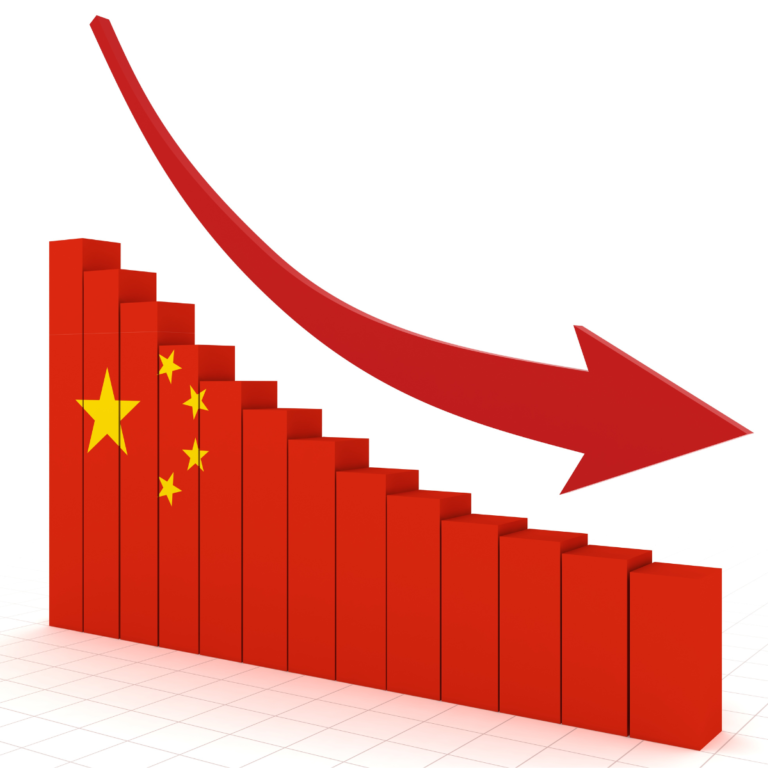The China economic crisis has rendered the situation delicate. Over the past few months, the financial indicators emanating from China have hinted at uncertainty. Chinese households are increasingly hoarding savings while their spending has dwindled. Concurrently, businesses are hesitant, borrowing and investing at slower rates. Although the overall employment scenario remains consistent, there’s an alarming surge in youth unemployment, so much so that its official data is no longer being shared.
Though the numbers may seem discouraging, it’s crucial to emphasize that the economy isn’t plummeting. China’s GDP growth projections stand at 5.1% this year, dwindling slightly to 4.5% in the coming year and edging up to 4.6% in 2025. For perspective, the U.S. GDP growth is anticipated to be 2% this year, further slowing to 0.9% next year and possibly recovering to 1.9% in 2025.
Drawing a parallel, the U.S. economy has maintained an average growth of roughly 2% annually in the initial 19 years of this millennium. On the contrary, China’s economic graph from 2000 to 2019 surged at an impressive average of 9% annually. However, it now seems like this growth rate is tapering off. With potential hurdles such as rising debt and an aging demographic, this pace may further decelerate.
Considering the vast dependency on China’s consumer and manufacturing sectors, a slowing Chinese economy raises pertinent questions for the global landscape. It might lead industries worldwide to reassess their projections and strategies. For instance, will global aviation giant Boeing need to produce as many aircraft as possible? Should vineyards in France reconsider their land under cultivation? Do mining corporations in Australia need to reconsider their equipment investments?
Moreover, geopolitical ramifications are likely. Slower economic growth would potentially yield limited increases in tax revenue, putting the Chinese government in a challenging position regarding technological investments, global developmental support, and military acquisitions, potentially affecting the power dynamics in the Pacific.
Nonetheless, circumstances could pivot. Beijing might unveil the ideal policy to counterbalance the economic tremors and ensure stability. Conversely, misguided decisions could exacerbate the situation.
Understanding The China Economic Crisis
To truly understand China’s economic trajectory and its potential global ramifications, several aspects demand scrutiny:
- Property Market: China’s economic downturn is notably influenced by its real estate sector. Regulatory actions since 2020 to curb reckless borrowing resulted in financial strain for several developers, notably giants like Evergrande. Over 50 developers have defaulted in three years, illustrating the severity of this issue.
- Policy Support: The global markets were anticipating robust policy measures from President Xi to counteract the slowdown. However, the response has been a series of smaller initiatives, which seem to fall short of expectations.
- Local Debt: Post the 2008 financial crisis, China initiated substantial stimulus measures. The strategy provided the desired economic boost but at the expense of local governments accumulating approximately $9 trillion in off-balance-sheet debt.
- Economic Targets: China’s government presents an annual economic growth target each year. Falling significantly short of this goal, as last year due to pandemic-induced lockdowns, intensifies the pressure on policymakers.
With the world’s eyes on China, understanding these dynamics is critical for anyone interested in global economic trends and potential shifts in the balance of power.




